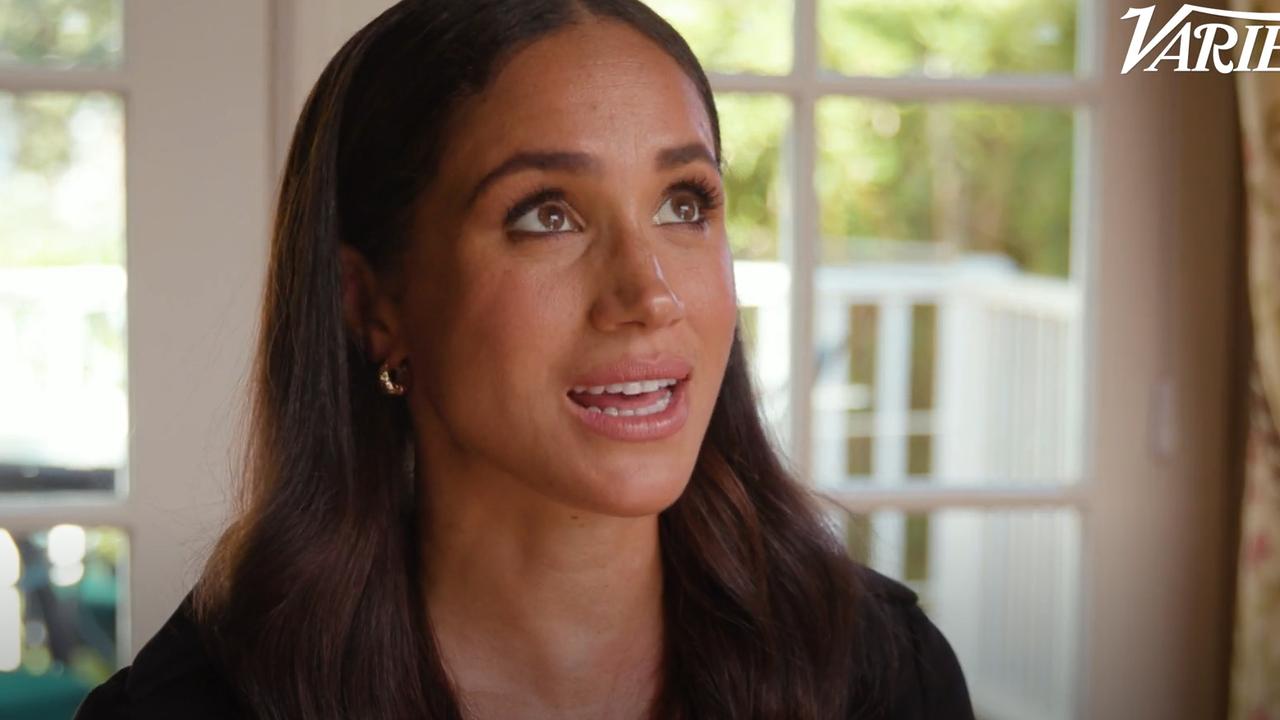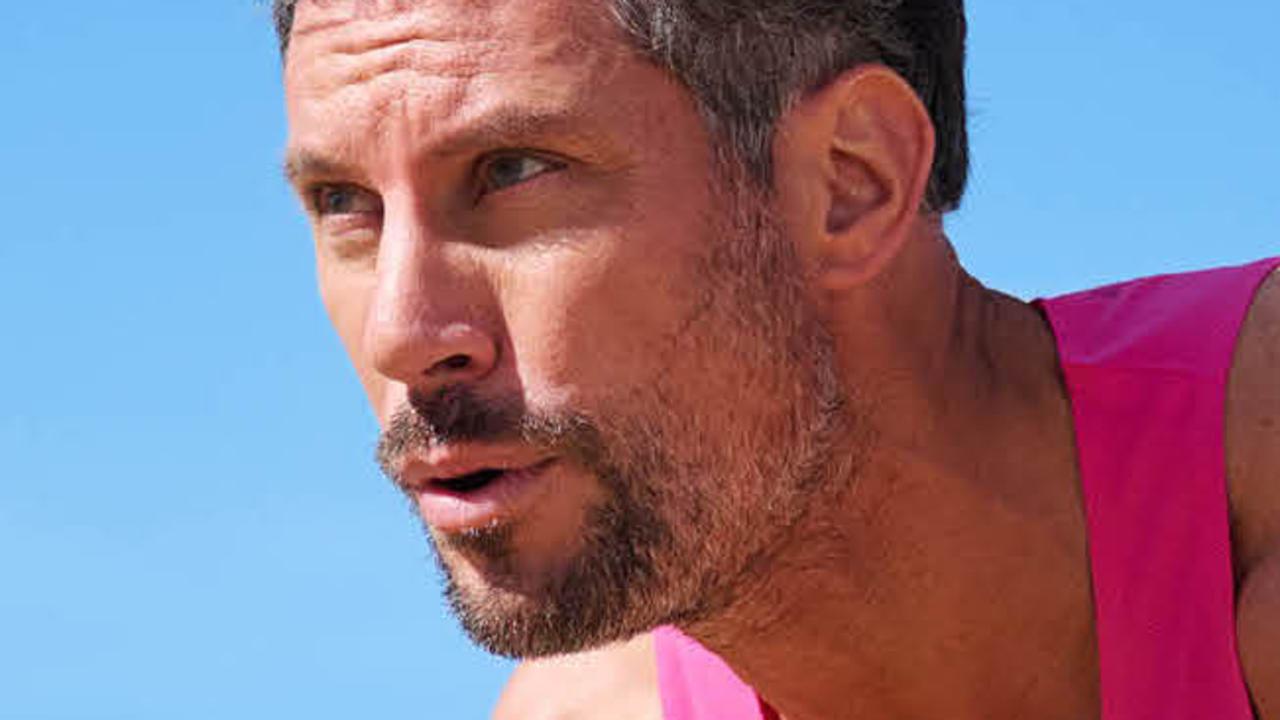Ear, nose and throat surgeon details John Farnham’s tough recovery process
After enduring a 12-hour surgery that saw part of his jaw removed, an ENT surgeon has detailed the long road to recovery ahead for the singer.

John Farnham’s recovery from a lifesaving operation to remove cancerous tumour from his mouth could span over three months, and affect his vocal abilities, a specialist surgeon has said.
On Monday, his family said the singer “remains in a stable condition in ICU” and is “awake and responding well to the care he’s receiving”. This followed a 12-hour surgery which involved the assistance of 26 medical staff and saw doctors remove part of his jaw.
Although doctors were confident the operation would remove all traces of the cancerous tumour, Melbourne-based ear, nose and throat (ENT) surgeon and otolaryngologist, Dr Eric Levi said the recovery process from the kind of surgery undergone by Farnham could be lengthy and “extremely” painful.
While Dr Levi isn’t on Farnham’s team directly, and couldn’t comment on his treatment specifically, he told news.com.au that he expected the rock legend’s recovery to take around three months, barring any major complications.
Stream more entertainment news live & on demand with Flash. 25+ news channels in 1 place. New to Flash? Try 1 month free. Offer ends 31 October, 2022 >

Farnham’s painful and difficult road to recovery
Speaking generally about Farnham’s operation, Dr Levi hypothesised that the cancerous legion which was first detected in his mouth had “invaded into the bone of the jaw”.
Dr Levi, who works at Melbourne’s St Vincent’s Public Hospital said patients with this kind of cancer undergo extensive surgery, which is “almost certainly” followed by radiation therapy.
Explaining the multidisciplinary treatment approach, he said Farnham’s medical team would involve specialists such as ENT surgeons, plastic surgeons, speech pathologists, neurosurgeons, general surgeons, maxillofacial surgeons (who specialise in the face and jaw).
“(Because you need to reconstruct the jaw,) you usually need to use a piece of bone from elsewhere – most likely from the leg – as well as muscles and skin, which needs to be plucked to the blood vessels in the neck,” he said.
“You would also have all the lymph nodes in the neck removed as well.”
Surgeons may also need to insert a tracheostomy tube into a patient’s wind pipe to help with breathing, or include a feeding tube through to his stomach or nose.
John Farnham, an Aussie legend, sadly has one of the many kinds of Head & Neck Cancer. Just like Michael Douglas, Sigmund Freud, Sammy Davis Jr, George Harrison and many others did.
— Dr Eric Levi (@DrEricLevi) August 27, 2022
A thread on Head & Neck cancer:
1/
Dr Levi said that once Farnham recovered from his marathon surgery – which can take four to six weeks – his lymph nodes will be analysed for microscopic cancer cells.
Depending on those results, he would then undergo radiation or chemotherapy for about six weeks to ensure the cancerous tissue doesn’t grow back. This could look like daily radiation treatment for five days a week, with additional chemotherapy sessions in between.
The time frame also doesn’t account for complications which could include infection, bleeding and flap dehiscence – which is when part of the surgical wound begins to open.
Farnham’s voice could be forever changed
As it stands, neither Farnham or his family have commented as to whether the musical icon intends to make a comeback once he recovers from his surgery, however Dr Levi warned that Farnham’s voice “will sound different” if he chooses, or is able, to return to the stage.
“The disease itself is debilitating from a functional point of view, however the treatment also will not be able to restore his previous function,” Dr Levi said.
“(His clinicians will) strive to return and restore as much function as possible but that’s not always possible.”
This could be the case, even if his vocal chords, larynx and voice box aren’t impacted by the tumour and treatment. Dr Levi explained that while he’ll still have a voice, the shape of his mouth and the way his sound resonates through his vocal chords, mouth and nose will be different.
“What makes him different from you and me is the shape of his mouth. Now that the shape of his mouth has changed, the echo and resonance chamber around the mouth has changed too,” said Dr Levi.

What we know about John Farnham’s diagnosis
Prior to Farnham’s operation on Tuesday, the musician had only learnt of his cancer diagnosis two weeks earlier.
Appearing on Today, Gaynor Wheatley – who is the wife of Farnham’s late close friends and manager, Glenn Wheatley – revealed it was the singer’s wife, Jill who convinced him to see a doctor.
“I think John suffers from that man thing that says ‘I’m fine’ and was lucky and we have Jill to thank to take him to the doctor and found this lesion in his mouth which has now been taken out and addressed,” she said.
Speaking about Farnham’s health, Ms Wheatley added: “There will be a period of time in hospital just recovering from the surgery, and ongoing treatment to ensure we’ve got it all”.

Dr Levi said lesions are one of the first symptoms of mouth cancer. While the sores aren’t always painful, they can form on the soft palate, hard palate, the tongue, cheek or lip and get larger over time, are often the first symptom of mouth cancer.
“They can affect the basic functions of the mouth, which includes eating, drinking talking, smiling, swallowing, tasting, singing,” he added.
While they can be mistaken for mouth ulcers, he advises people to go to the doctor if they’re persistent for two to four weeks, or if it’s growing and becoming more uncomfortable and painful.
Responding to Dr Levi’s Twitter thread on head and neck cancers, CEO of the Australian Dental Association Victoria, Prof Matt Hopcraft added that these diseases were also often first detected by dentists and stressed the importance of regular dental check ups.
“Early detection is important,” he tweeted.
“Radiation results in severe dry mouth, leading to chewing/swallowing issues, but also (increasedï¸) risk of tooth decay.”
Great thread on head & neck cancer. Couple of points to add:
— 🦷🦷 ð˜”ð˜¢ð˜µð˜µ ð˜ð˜°ð˜±ð˜¤ð˜³ð˜¢ð˜§ð˜µ 🦷🦷 #StopTheRot (@Matt_Hopcraft) August 27, 2022
- often picked up by dentists, so important to have regular dental check-ups
- early detection is important
- radiation results in severe dry mouth, leading to chewing/swallowing issues, but also â¬†ï¸ risk 🦷 decay https://t.co/aIbPBjwYYb
More awareness and support needed for patients
As Farnham’s legions of fans anxiously wait for the singer to recover, Dr Levi says it’s important to acknowledge and fight the “stigma” associated with cancers of the mouth and throat.
“When you talk about throat and mouth cancers, people have this image in their mind that if only affects people who have been smokers and drinkers for all their life,” he said.
However, the perception is false and can increase the “social isolation” among patients.
“All cancers are bad but to have a cancer in a place that is so prominent and affects your ability to swallow, speak, smile, and your function of taste and smell – that really affects the things that make us human,” he said.
“I think what we can do for these patients is to be that social support and connection for them,” said Dr Levi.
“That’s why there’s also a high association with depression and social isolation in this patient population.
“As a community I think we should talk about it more, we should demystify it and we should be a social support to help these patients feel connected.”






